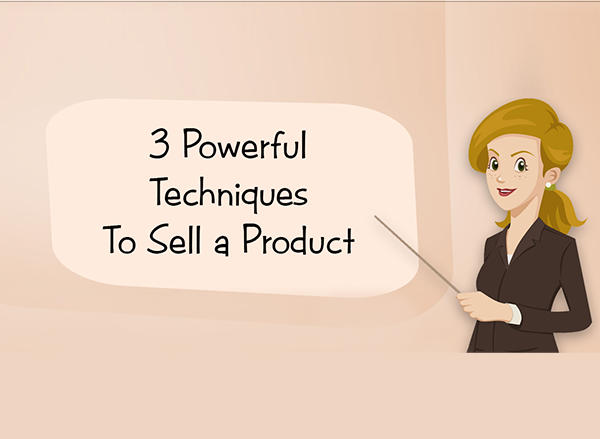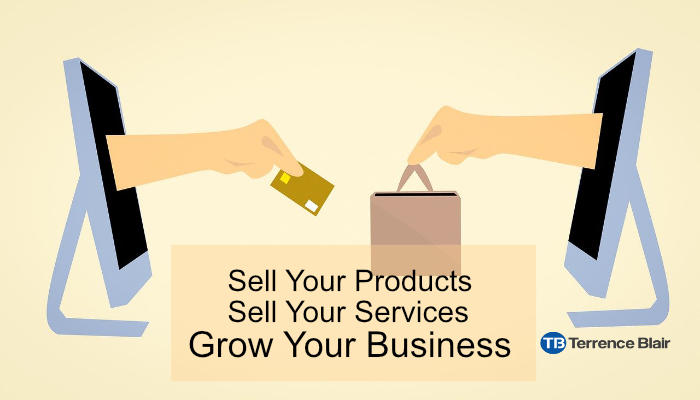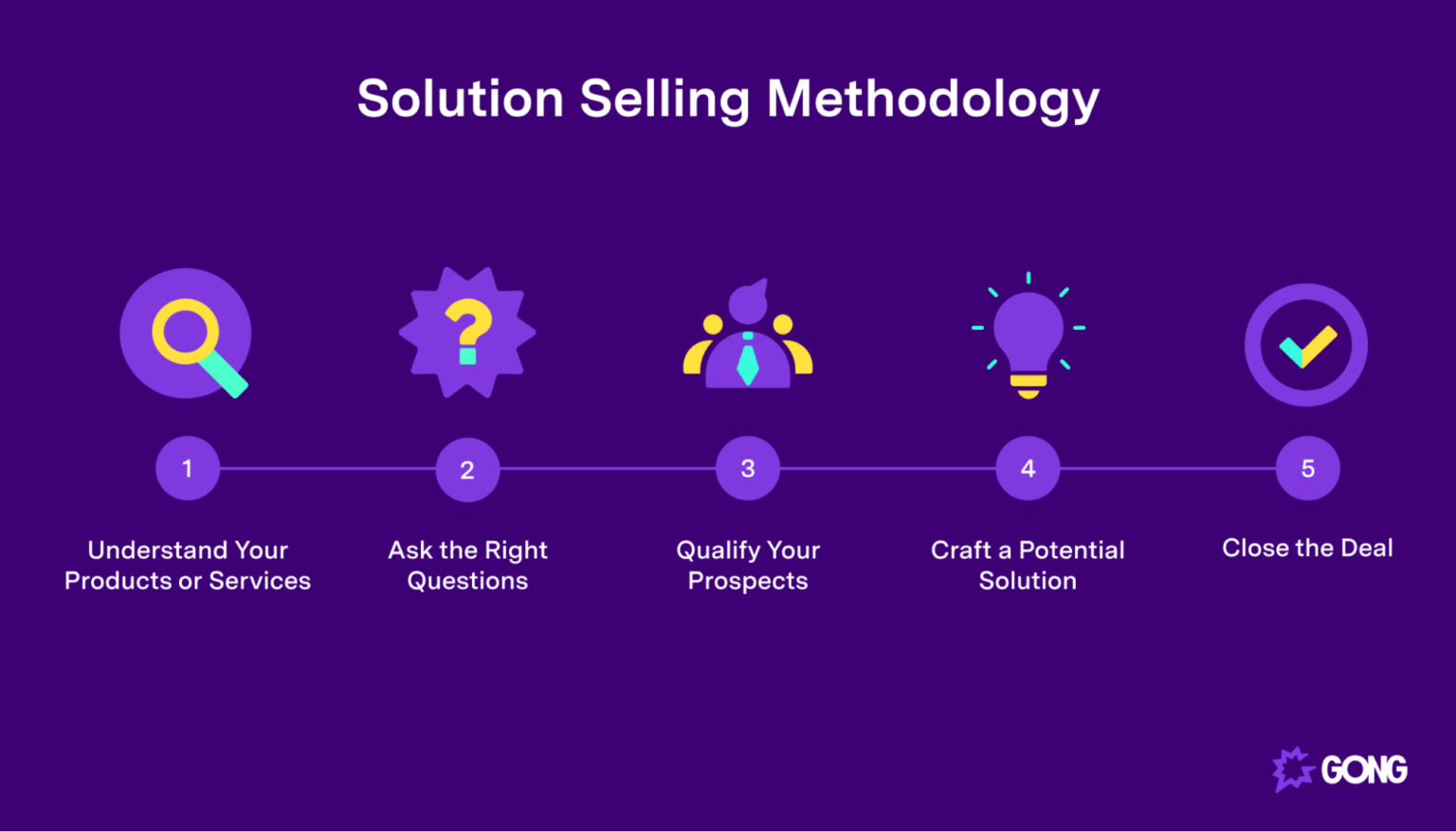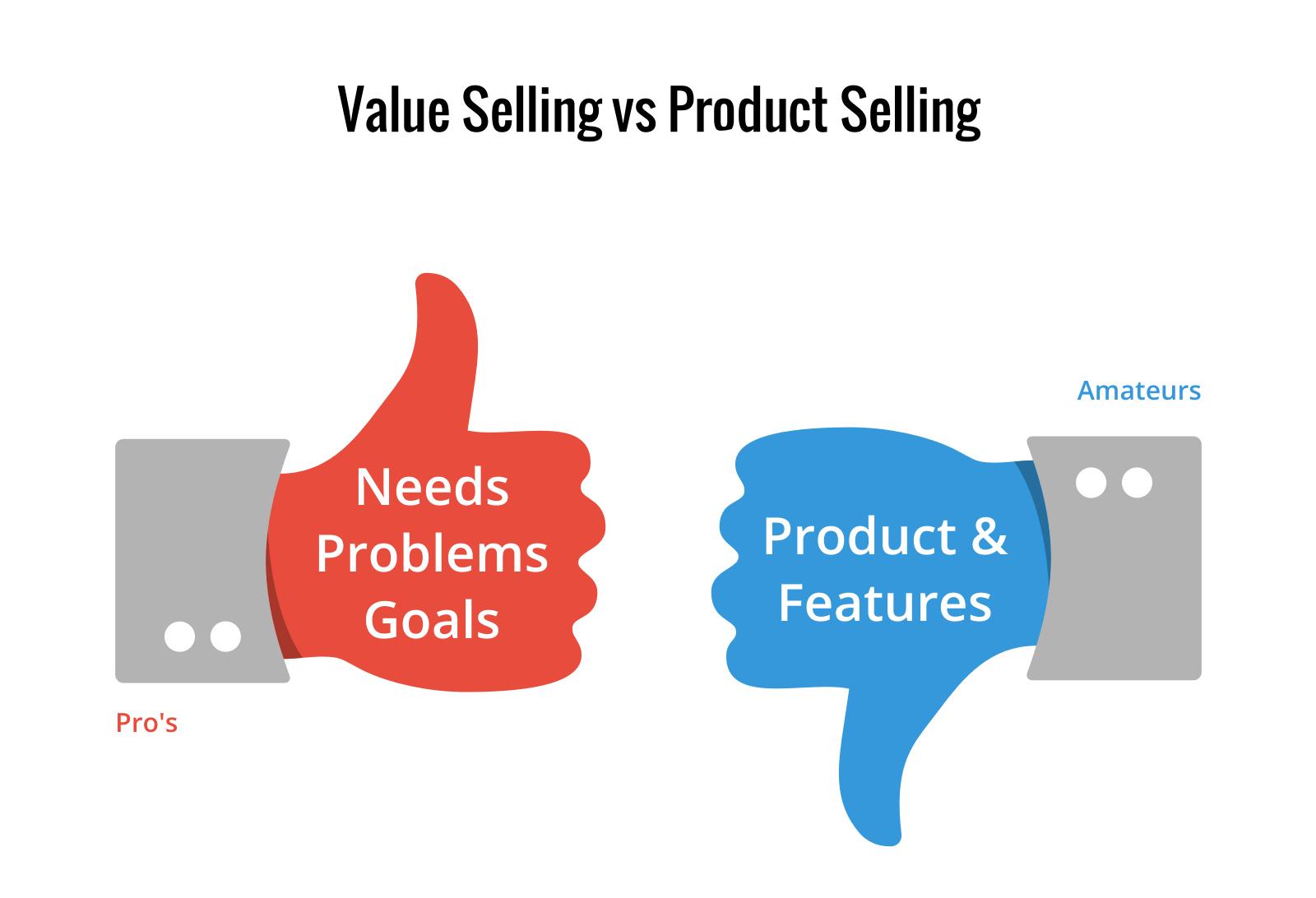Unlocking the Power of "Why": A Guide to Selling Your Product or Service
![]()
As an interior design expert and architect, I’ve helped countless people transform their living spaces into beautiful and functional havens. But beyond aesthetics, I’ve learned the true value lies in understanding the "why" behind every design choice. This "why" is what resonates with customers, making them not just buy, but truly believe in your product or service.
To help you effectively communicate the value of your offering, let’s break down the key elements of a compelling sales pitch, focusing on the features and benefits that truly matter to your ideal customer.

1. Define Your Ideal Customer:
Before you can craft a winning message, you need to understand who you’re talking to. This is where the power of customer personas comes in. Imagine your ideal customer:
- What are their demographics? Age, gender, location, income, education level, etc.
- What are their lifestyle and values? Do they prioritize family, sustainability, convenience, luxury, etc.?
- What are their pain points and desires? What problems are they facing that your product or service can solve?


Example:

Imagine you’re selling a high-end, minimalist kitchen countertop made from recycled materials. Your ideal customer might be a young professional couple in a bustling city who values sustainability, modern design, and practicality. They’re tired of the standard granite and want something unique that reflects their values.
2. Identify the "Why" Behind Your Product/Service:

What makes your offering truly special? What problem does it solve? What need does it fulfill? This is where you dig deeper than just listing features.
Example:

Instead of just saying "Our countertop is made from recycled materials," you can say:

- "Our countertop is crafted from recycled materials, reducing your environmental footprint while bringing a unique, modern aesthetic to your kitchen." This highlights both the sustainability benefit and the design appeal.

3. Focus on Benefits, Not Just Features:
Features describe what your product is, but benefits explain what it does for the customer.

Example:
- Feature: "Our countertop is heat-resistant."
- Benefit: "Enjoy worry-free cooking and entertaining with a countertop that withstands even the hottest pots and pans."


4. Tell a Story, Create an Emotional Connection:
People buy based on emotion. Use storytelling to create a connection and make your product or service relatable.
Example:

Instead of simply saying "Our countertop is durable," you can say:
- "Imagine hosting a lively dinner party, knowing your countertop can handle the spills and scratches of a busy night. That’s the peace of mind our durable, recycled material offers." This paints a picture and evokes feelings of confidence and ease.
5. Use Strong Visuals and Demonstrations:
High-quality images, videos, and even virtual tours can bring your product to life and make it more tangible.
Example:
Instead of just describing the countertop’s color, show a stunning photo of a modern kitchen featuring it. This helps customers visualize how it would look in their own space.
6. Highlight Unique Selling Points (USPs):
What sets you apart from the competition? Identify your USPs and emphasize them throughout your messaging.
Example:
- USP: "We offer a 10-year warranty on our countertops, giving you peace of mind and lasting value."
- USP: "Our countertops are handcrafted by local artisans, ensuring exceptional quality and unique character."
7. Use Social Proof and Testimonials:
Positive reviews and customer testimonials can build trust and credibility.
Example:
- "Our customers rave about the durability and style of our countertops. Read what they have to say!"
8. Offer a Clear Call to Action:
Tell customers what you want them to do next.
Example:
- "Schedule a consultation today to discuss your dream kitchen design."
- "Visit our website to explore our countertop options and request a free quote."
Here are some additional tips for crafting compelling sales messages:
- Use concise and clear language: Avoid jargon and technical terms that your audience may not understand.
- Focus on the "you" and "your" perspective: Make it personal and relevant to the customer’s needs.
- Emphasize the benefits of your product or service: Explain how it will improve their lives.
- Use strong verbs and descriptive language: Paint a vivid picture and create a sense of excitement.
- Be confident and enthusiastic: Your passion will be contagious.
Remember: The key to selling is not just about features, but about connecting with your customers on an emotional level and showing them how your product or service can solve their problems and improve their lives.
By following these guidelines, you can craft compelling sales messages that resonate with your ideal customers and drive them to make an informed purchasing decision.

